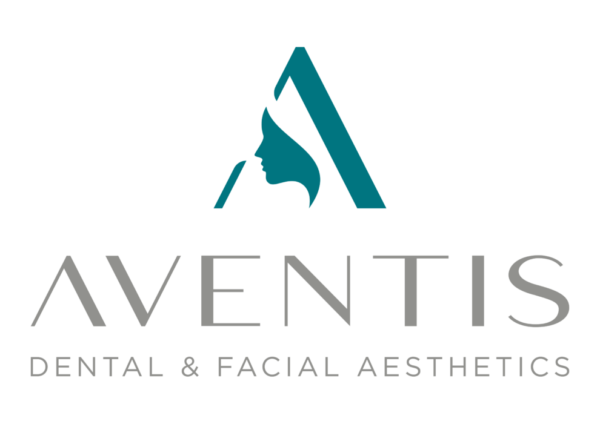When it comes to straightening your teeth, the two most common options that come to mind are traditional braces and Invisalign. Both have their unique advantages and disadvantages, both are available here at the Aventis Dental Clinic and the choice between the two often boils down to personal preference, lifestyle, and the complexity of your dental situation. In this post we will delve into the nitty-gritty of both options, helping you make an informed decision.
Traditional braces have been around for a long time and have proven to be effective in treating a wide range of dental issues. They consist of metal brackets that are glued to your teeth and tied together by wires and tiny rubber bands. Today, you can get brackets that closely match your enamel colour, or you can make a fashion statement with a variety of colours.
Braces work by applying continuous pressure over a period of time to slowly move teeth in a specific direction. As the teeth move, the bone changes shape as pressure is applied. They are great for complex issues, but they are visible, and the brackets and wires can cause discomfort and mouth sores.
Braces are incredibly effective at correcting severe overcrowding and malocclusion issues. They are also less expensive than Invisalign and require fewer visits to the orthodontist, which can be a significant advantage for those with a busy schedule.
Moreover, braces are not removable, which means you don’t have to worry about losing them, and they are working 24/7 to straighten your teeth. Lastly, braces today are more comfortable and aesthetically pleasing than they used to be, with options for clear or ceramic braces.
The most obvious downside to braces is their visibility. Even with improvements in aesthetics, they are still noticeable, especially for adults. Braces can also make it difficult to eat certain foods, and you must avoid things like popcorn, hard candies, and gum.
Additionally, braces can make oral hygiene more challenging. Brushing and flossing require more effort, and failure to maintain good oral hygiene can lead to staining and tooth decay. Lastly, the wires and brackets can cause discomfort and irritation to the cheeks and gums.
Invisalign is a relatively new treatment compared to braces, but it has quickly gained popularity due to its discreet nature. Invisalign involves wearing a series of custom-made clear plastic aligners that help shift your teeth into the proper position. The aligners are virtually invisible, comfortable to wear, and easy to remove for eating and cleaning.
Just like braces, Invisalign works by applying controlled force to the teeth to move them into position. However, unlike braces, Invisalign not only controls the force but also the timing of the force application. During each stage, only certain teeth are allowed to move, following the Invisalign treatment plan for that particular stage.
The most significant advantage of Invisalign is its nearly invisible appearance. The clear aligners are far less noticeable than braces, making them a popular choice for adults and teens. Invisalign aligners are also removable, allowing you to eat, drink, brush, and floss normally, which can help maintain better overall oral health.
Furthermore, Invisalign allows you to view your virtual results and treatment plan before you start so you can see how your straight teeth will look once your treatment is complete. Plus, there are no wires, metal or brackets to cause mouth abrasions during treatment.
While Invisalign offers many benefits, it also has its drawbacks. First, it is typically more expensive than braces. Also, because the aligners are removable, they can get lost or forgotten, and not wearing them the recommended 22 hours per day can delay treatment results.
Invisalign also requires more discipline and responsibility. The need to remove and clean the aligners before eating and after drinking anything other than water can be inconvenient for some. Lastly, Invisalign may not be suitable for severe orthodontic issues, as it can’t correct issues that require vertical movement or rotation of back teeth.
Choosing between braces and Invisalign largely depends on your personal preference, lifestyle, and orthodontic needs. Both options offer effective teeth straightening solutions, but they come with their unique pros and cons.
It’s essential to have a thorough discussion with your orthodontist about your options and what would work best for you. Why not fill in the form or give us a call, we’re here to answer any and all of your questions. Remember, the goal is to end up with a healthy, straight smile, and Aventis Dental can help get you there.
Back to Blog